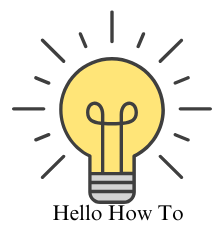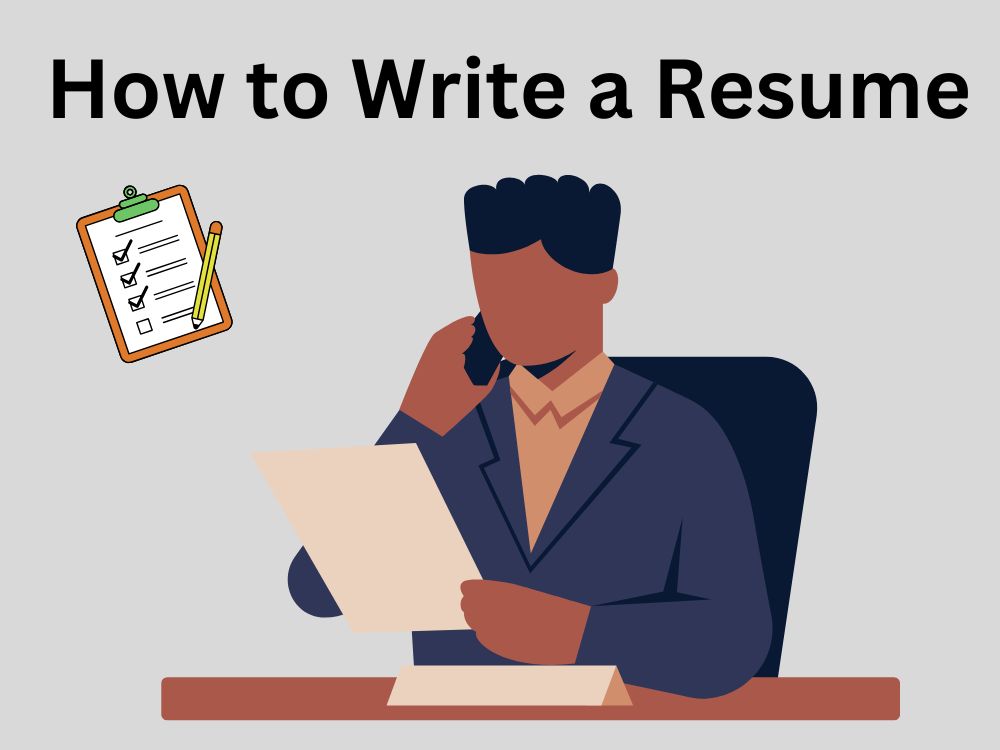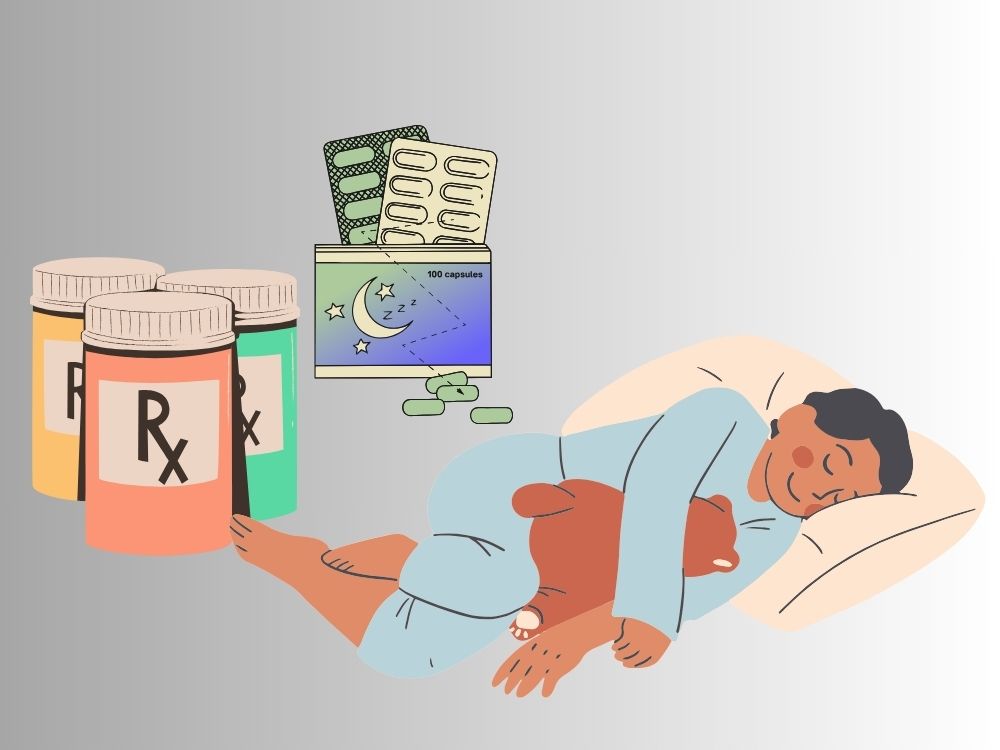Your resume is your first impression—sometimes, your only shot at getting noticed by recruiters. But let’s be real: if your resume isn’t written the right way, it won’t get you hired. Employers receive hundreds (sometimes thousands) of applications for a single role, and if your resume is cluttered, outdated, or missing crucial details, you might be losing opportunities without even realizing it. So, how to write a resume that gets you hired? That’s exactly what we’re going to break down in this guide.

Common Resume Mistakes That Hold You Back
Before diving into how to write a resume that gets you hired, let’s first address the mistakes that could be ruining your chances. Many job seekers unknowingly make these errors, leading to instant rejection. Here’s what to avoid:
1. Using a Generic Resume Template
Recruiters have seen the same old templates a thousand times. If your resume looks like every other one, it won’t grab attention. Customize it with a professional yet unique design that reflects your personality while staying readable.
Read Here – How to Write a Cover Letter
2. Not Optimizing for Applicant Tracking Systems (ATS)
Most companies use ATS software to filter resumes before a recruiter even sees them. If your resume isn’t formatted correctly or lacks job-relevant keywords, it won’t pass the ATS scan—meaning you’ll get rejected before a human even reads it.
3. Focusing on Responsibilities Instead of Achievements
Hiring managers don’t just want to see what you did—they want to see how well you did it. Instead of saying:


4. Overloading with Unnecessary Information
A resume isn’t your life story. Including irrelevant job experiences, long paragraphs, or skills unrelated to the job makes your resume hard to read. Keep it concise and tailored to the role you’re applying for.
5. Poor Formatting and Cluttered Layout
Even if your content is great, a messy resume can get you rejected instantly. Use clean fonts, proper spacing, bullet points, and ensure everything is easy to scan within seconds.
How to Write a Resume That Gets You Hired – A Step by Step Guide of Crafting Resume
A resume isn’t just a piece of paper—it’s your first impression before you even walk into an interview. Hiring managers spend an average of 6-7 seconds scanning a resume before deciding if it’s worth reading further. If your resume doesn’t instantly grab their attention, it might end up in the rejection pile—even if you’re the perfect candidate!
So, how do you stand out? Let’s break it down, step by step.
1. Start with a Powerful Resume Summary
Your resume summary is like your personal ad—a short yet impactful statement that tells recruiters who you are, what you excel at, and how you can benefit the company.
It should be:



“I am a hardworking and dedicated professional looking for an opportunity in marketing.”
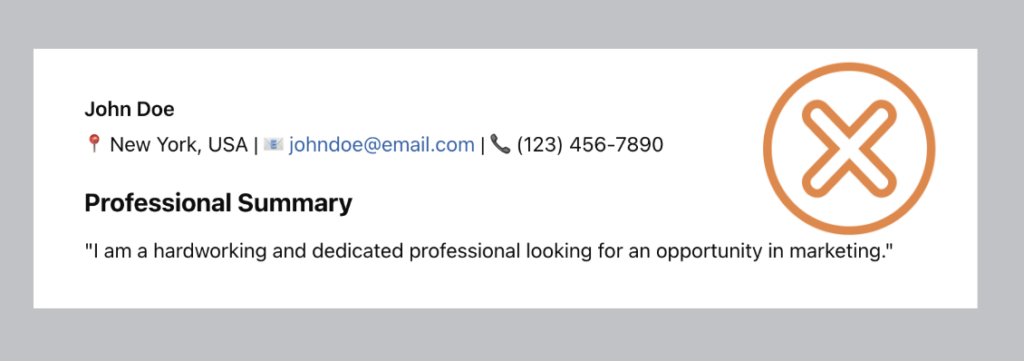

“Results-driven Digital Marketer with 5+ years of experience boosting brand visibility through SEO and social media. Increased organic traffic by 200% and improved conversion rates by 30% in previous roles. Passionate about data-driven marketing strategies to drive business growth.”
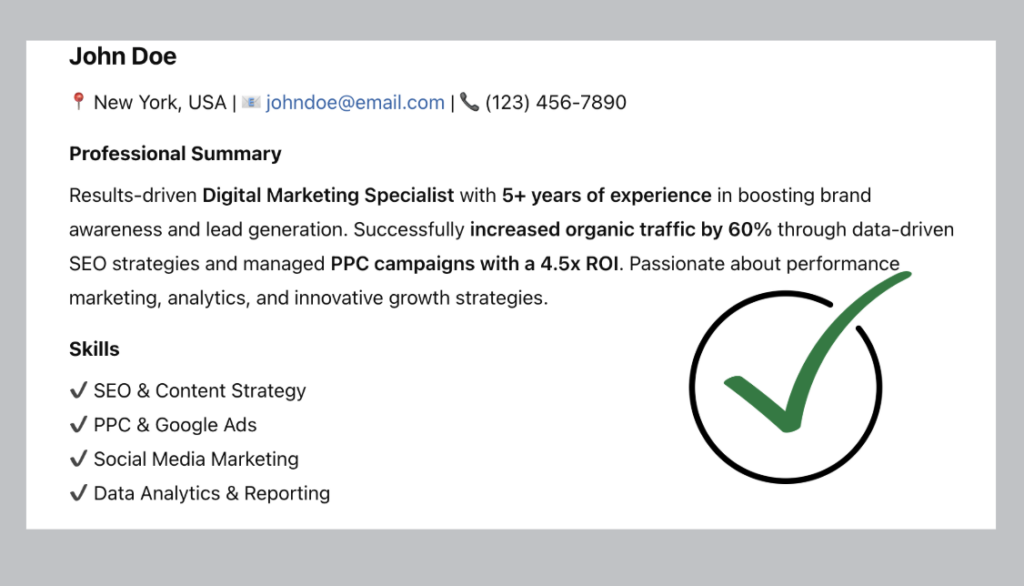

2. Structure Your Resume with a Professional Format
A messy or cluttered resume kills your chances instantly. Hiring managers won’t waste time decoding your document. Keep your layout clean, readable, and structured.
Ideal Resume Format:








3. Optimize for Applicant Tracking Systems (ATS)
Many companies use ATS software to scan resumes and filter out those that don’t match their job criteria. If your resume isn’t ATS-friendly, it might never even reach human eyes!
Here’s how to make sure your resume passes the ATS check:



4. Focus on Achievements, Not Just Responsibilities
Hiring managers don’t want to see a laundry list of duties—they want to see impact. Instead of just listing what you were responsible for, show how you added value.

“Managed social media accounts and posted daily content.”
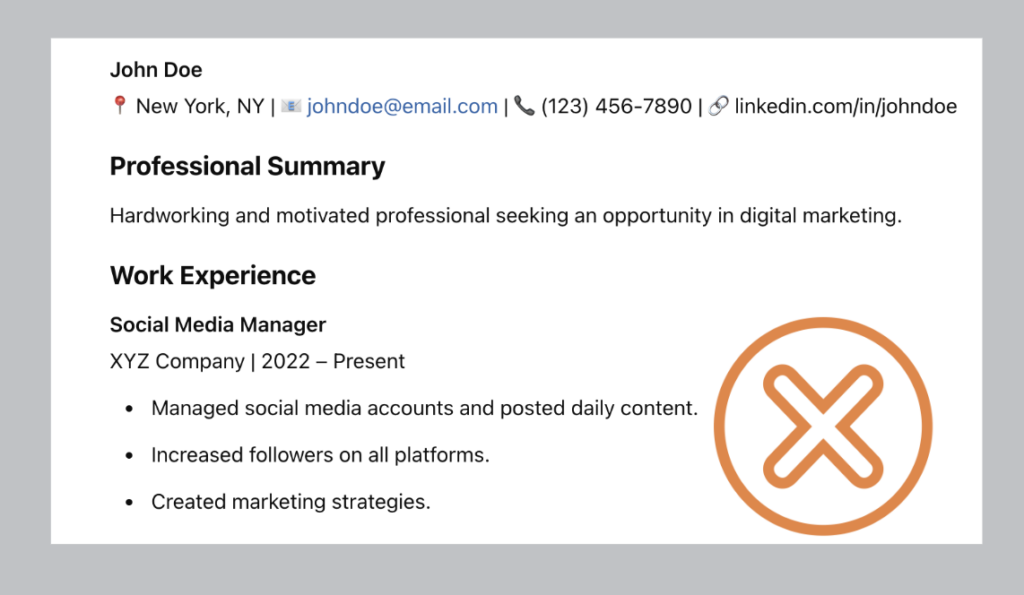

“Increased Instagram engagement by 60% in 3 months, leading to a 20% rise in sales. Launched a viral campaign that reached 500K+ users organically.”
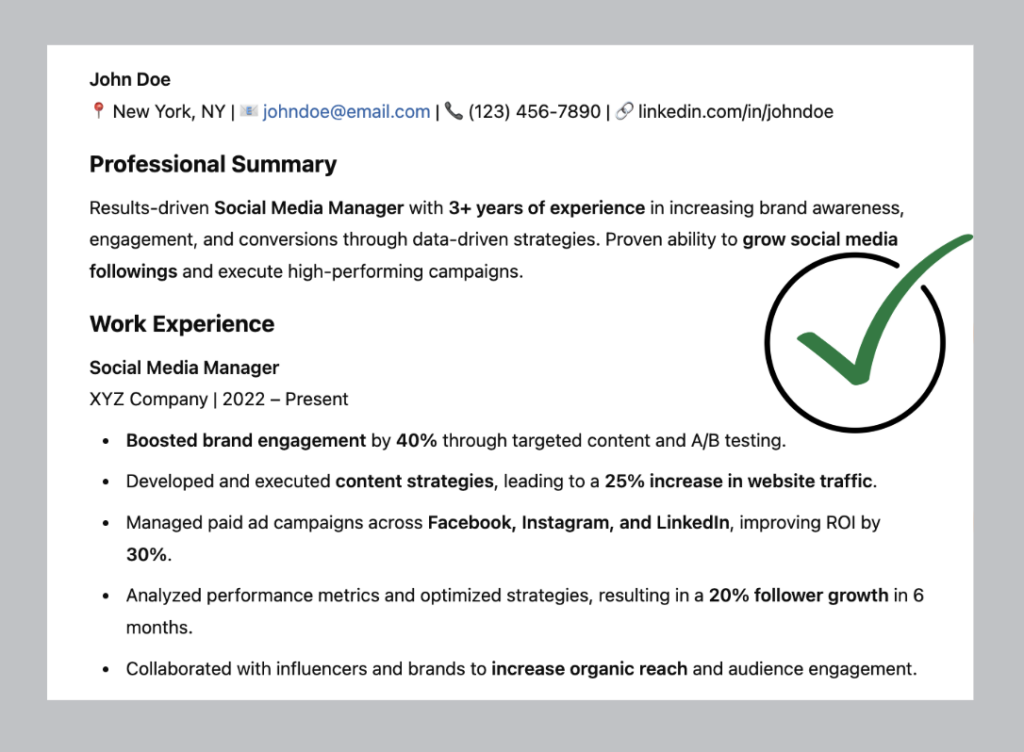

5. Tailor Your Resume for Every Job
If you’re sending the same resume to every job, you’re doing it wrong. Hiring managers can instantly spot a generic resume. Customizing your resume improves your chances of getting shortlisted.
Here’s how to tailor your resume:



“Marketing professional with experience in social media and branding.”

“SEO and content specialist with a proven track record of increasing website traffic by 200% in 6 months. Strong expertise in Google Analytics and PPC campaigns.”

Why a Well-Written Resume Matters – How to Write a Resume
A resume isn’t just a formality—it’s your ticket to landing an interview. You might have the perfect skills, experience, and qualifications, but if your resume doesn’t convey them effectively, you won’t even get a chance to prove yourself.
1. It Gets You Past the Initial Screening
Most recruiters receive hundreds of applications for a single job. They don’t read every resume in detail; instead, they scan for key information. If your resume isn’t structured well or lacks important keywords, it might get rejected before a human even sees it.

2. It Creates a Powerful First Impression
Recruiters form an opinion about you within seconds of looking at your resume. A cluttered, generic, or outdated resume makes you seem unprofessional—even if you’re a great candidate.

3. It Highlights Your Value, Not Just Your Experience
Hiring managers aren’t just looking for experience—they want to see results. A weak resume just lists job responsibilities, while a strong one shows impact.

4. It Gives You an Edge Over the Competition
In a competitive job market, everyone has qualifications. The difference between getting an interview and being ignored often comes down to how well you present yourself on paper.

5. It Sets the Stage for the Interview
A strong resume gets recruiters excited to talk to you. It creates a narrative that makes them curious to learn more, leading to a higher chance of interview invitations.

Final Thoughts: Your Resume Is Your First Step to Success
A well-crafted resume isn’t just a document—it’s your personal marketing tool. It’s what stands between you and your dream job. By structuring it effectively, using the right keywords, and showcasing your achievements, you significantly increase your chances of landing interviews and securing the role you deserve.
Take the time to refine your resume, tailor it for each application, and make it ATS-friendly. Remember, your resume isn’t just about listing experience—it’s about telling your career story in a way that makes employers want to hire you.
Now that you know how to write a resume and you have created a resume that gets you hired, it’s time to pair it with a strong cover letter that seals the deal. Stay tuned for our step-by-step guide on writing a compelling cover letter!
